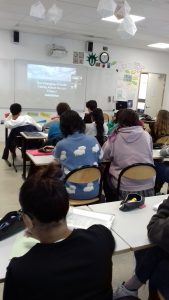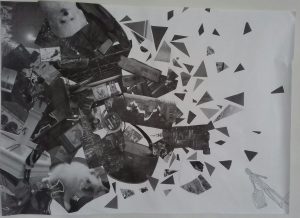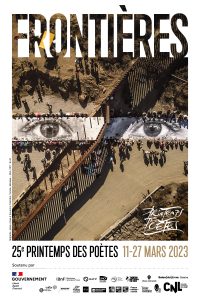Bonjour,
La rentrée scolaire 2023 se déroulera selon le calendrier suivant. Pour cette rentrée, une attention particulière sera apportée à l’accueil de tous les élèves. Lors de cet accueil qui sera réalisé par les membres de l’équipe pédagogique des différentes classes, les élèves recevront leur carnet de correspondance avec leur emploi du temps provisoire.
Vendredi 01/09 :
8h30-16h30 : Rentrée des enseignants – Lycée Lucie Aubrac et Ecole Paris-la Défense.
——————————————————–
Rentrée des élèves.
Les listes des classes seront affichées à l’entrée du lycée le jour de la rentrée de chaque niveau.
Lundi 04/09 :
9h-12h : Niveau Seconde toutes options – Lycée Lucie Aubrac. Rendez-vous dans le hall pour les Secondes 1, 2, 3 et 4. Dans la petite cour pour les Secondes 5 et 6, dans la grande cour pour les Secondes 7, 8, 9 et 10.
13h30-16h30 : Niveau S1EN et S1FR, S2EN et S2FR et S3 – Ecole européenne Paris-la Défense.
Mardi 05/09 (matin) :
9h-12h : Niveau Première générale toutes options – Lycée Lucie Aubrac. Rendez-vous dans le hall pour les Premières 1, 2, 3 et 4. Dans la petite cour pour les Premières 5 et 6, dans la grande cour pour les Premières 7, 8 et 9, Première STMG dans l’amphithéâtre pour l’accueil de l’équipe pédagogique suivi de la montée en classe.
9h30-12h30 : Niveau S4 et S5 – Ecole européenne Paris-la Défense au foyer des élèves.
Mardi 05/09 (après-midi) :
13h-16h : Niveau Terminale générale toutes options – Lycée Lucie Aubrac. Rendez-vous dans le hall pour les terminales 1, 2, 3 et 4. Dans la petite cour pour les Terminales 5 et 6, dans la grande cour pour les Terminales 7, 8 et 9, Terminale STMG dans l’amphithéâtre pour l’accueil de l’équipe pédagogique suivi de la montée en classe.
13h30-16h30 : Niveau S6 et S7 – Ecole européenne Paris-la Défense au foyer des élèves.
Mercredi 06/09 : Début des cours selon l’emploi du temps pour tous et début de la cantine.
Bonne rentrée à tous !












